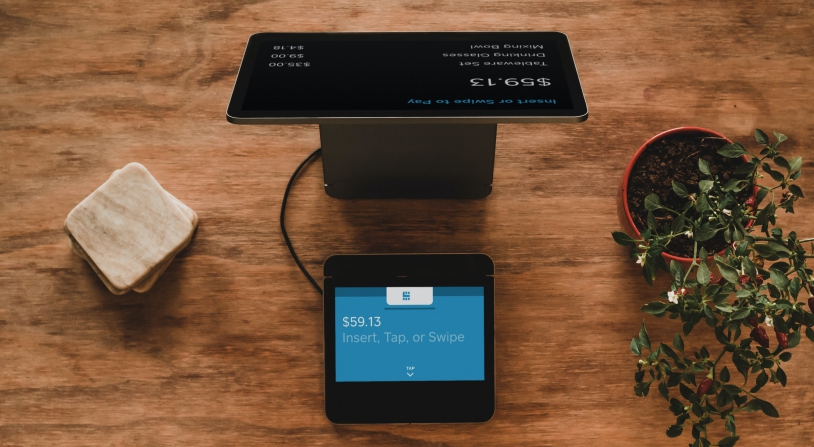Gaming has become the world’s most profitable entertainment sector, with over 3.2 billion players globally spending $217.9 billion in 2023. This massive audience presents unique opportunities for brands to connect through targeted advertising and strategic partnerships. PR professionals working in gaming and AdTech face distinct challenges in reaching these audiences authentically, as traditional marketing approaches often fall flat with gaming communities. The intersection of AdTech and gaming demands sophisticated PR strategies that respect player experiences while delivering measurable results for brands.
PR Overview
Making In-Game Advertising Work
In-game advertising succeeds when it adds value to the player experience rather than interrupting it. Brands like BMW and Louis Vuitton have mastered this approach by creating limited-edition character skins and virtual items that players actively seek out. These integrations feel natural within the game world and create positive brand associations.
The numbers support this strategy – according to Nielsen, 56% of players say they’re more likely to purchase from brands that create authentic gaming experiences. This extends beyond simple product placement. Take Coca-Cola’s Fortnite integration, which created virtual vending machines that offered players in-game benefits while maintaining the game’s core mechanics.
Virtual and augmented reality have opened new frontals for immersive advertising. Bethesda’s AR campaign for Starfield turned city spaces into interactive star maps, building pre-launch excitement through real-world engagement. This blend of physical and digital experiences resonates particularly well with younger audiences who expect brands to exist naturally across multiple channels.
Building Valuable Esports Partnerships
Esports partnerships require careful alignment between brand values and team culture. The most successful collaborations go beyond logo placement to create meaningful content and experiences for fans. Intel’s long-running partnership with ESL Gaming demonstrates this approach, combining tournament sponsorship with technical innovation that benefits players and viewers.
When selecting esports partners, brands should examine:
- Audience demographic overlap
- Geographic reach
- Platform presence
- Community engagement metrics
- Content creation capabilities
These partnerships work best with clear performance metrics. Track social media engagement, brand sentiment analysis, and direct sales attribution where possible. BMW’s United in Rivalry campaign with five major esports organizations generated over 70 million social media impressions through coordinated content creation.
Programmatic Evolution in Gaming
Programmatic advertising in gaming has matured beyond simple banner ads. Modern platforms offer sophisticated targeting based on player behavior, game genre preferences, and platform usage. This precision allows brands to reach specific segments of the gaming audience with relevant messages.
The integration of programmatic systems with game engines enables real-time ad placement that responds to in-game events and player actions. For example, racing games can display contextually relevant ads on trackside billboards that change based on player location and race conditions.
Key considerations for programmatic gaming campaigns include:
- Ad format selection based on game genre
- Player experience impact
- Loading time effects
- Creative asset requirements
- Privacy compliance
Creating Authentic Gaming PR Campaigns
Success in gaming PR requires deep understanding of gaming culture and community expectations. Effective campaigns often combine multiple channels:
- Influencer partnerships
- Community events
- Social media activation
- Original content creation
- Direct player engagement
The most memorable campaigns create opportunities for player participation. When CD Projekt Red launched Cyberpunk 2077, they engaged fans through an ARG that revealed game lore through community puzzle-solving. This approach turned marketing into an interactive experience that built anticipation while strengthening community bonds.
Gaming audiences respond strongly to transparency and authenticity. PR messaging should acknowledge gaming culture without attempting to appropriate it. Microsoft’s Xbox Game Pass communications strategy exemplifies this approach, using straightforward language and gaming-native formats to share information.
The future of AdTech and gaming PR lies in creating value for players while delivering measurable results for brands. Success requires understanding gaming culture, respecting player experiences, and leveraging technology to create authentic connections. As virtual worlds continue expanding through metaverse development and new gaming platforms, brands that master these strategies will find themselves well-positioned to engage with gaming’s growing global audience.
The Role of Gamification in Digital Health Engagement
Health apps sit on millions of phones, downloaded with good intentions but rarely opened after the...
AdTech and Gaming PR Strategies: Reaching Digital Audiences in 2025
Gaming has become the world's most profitable entertainment sector, with over 3.2 billion players...
The Impact of Digital PR on Fintech Growth
Digital public relations has become a defining force in fintech success, with data showing that...



